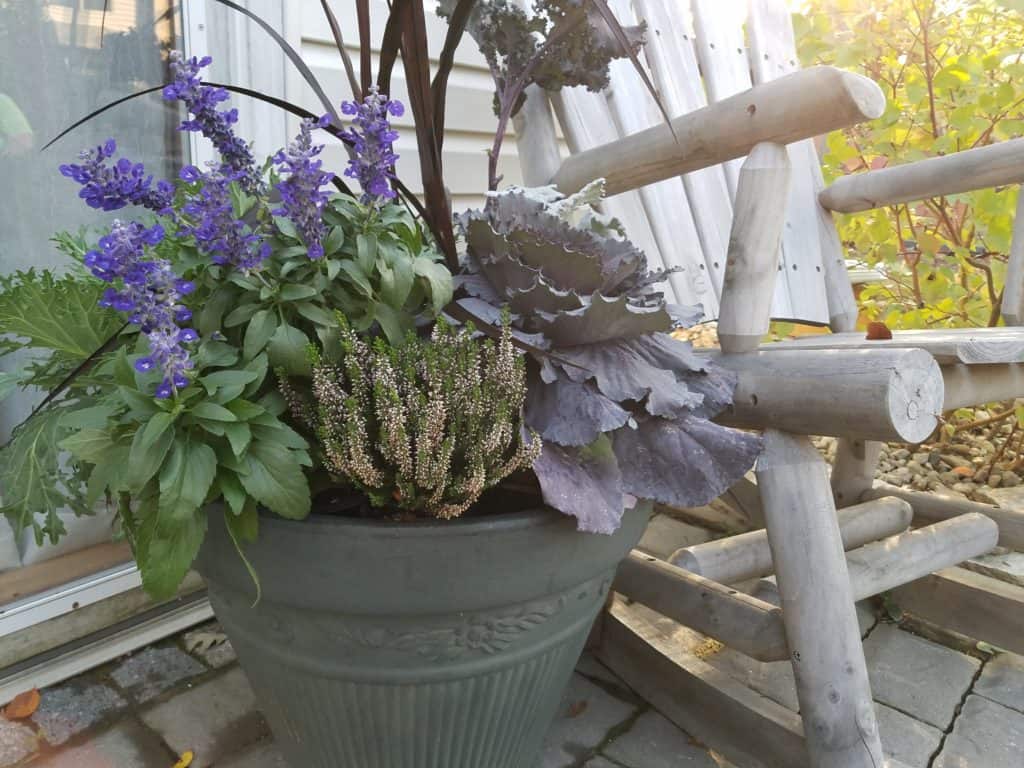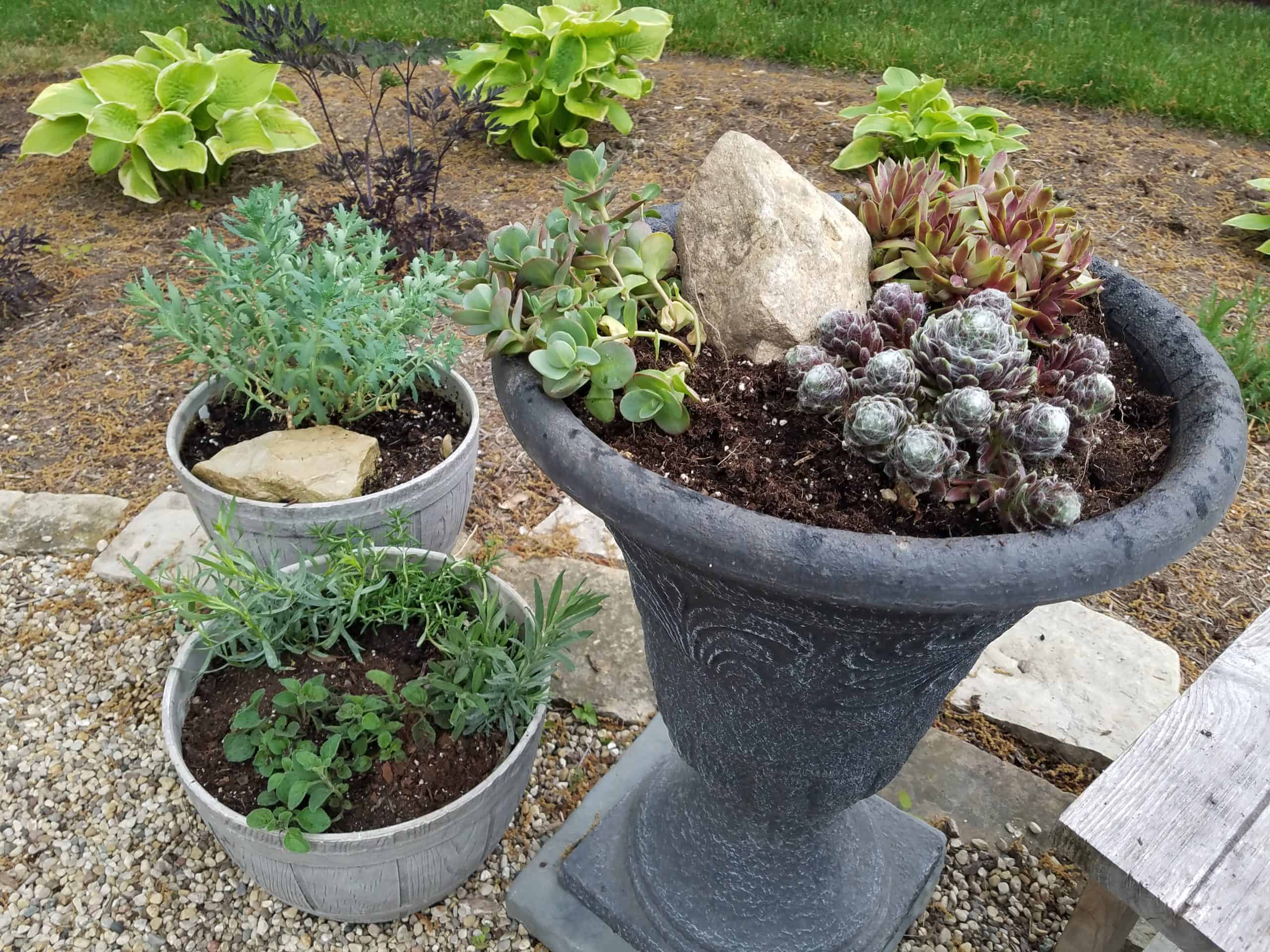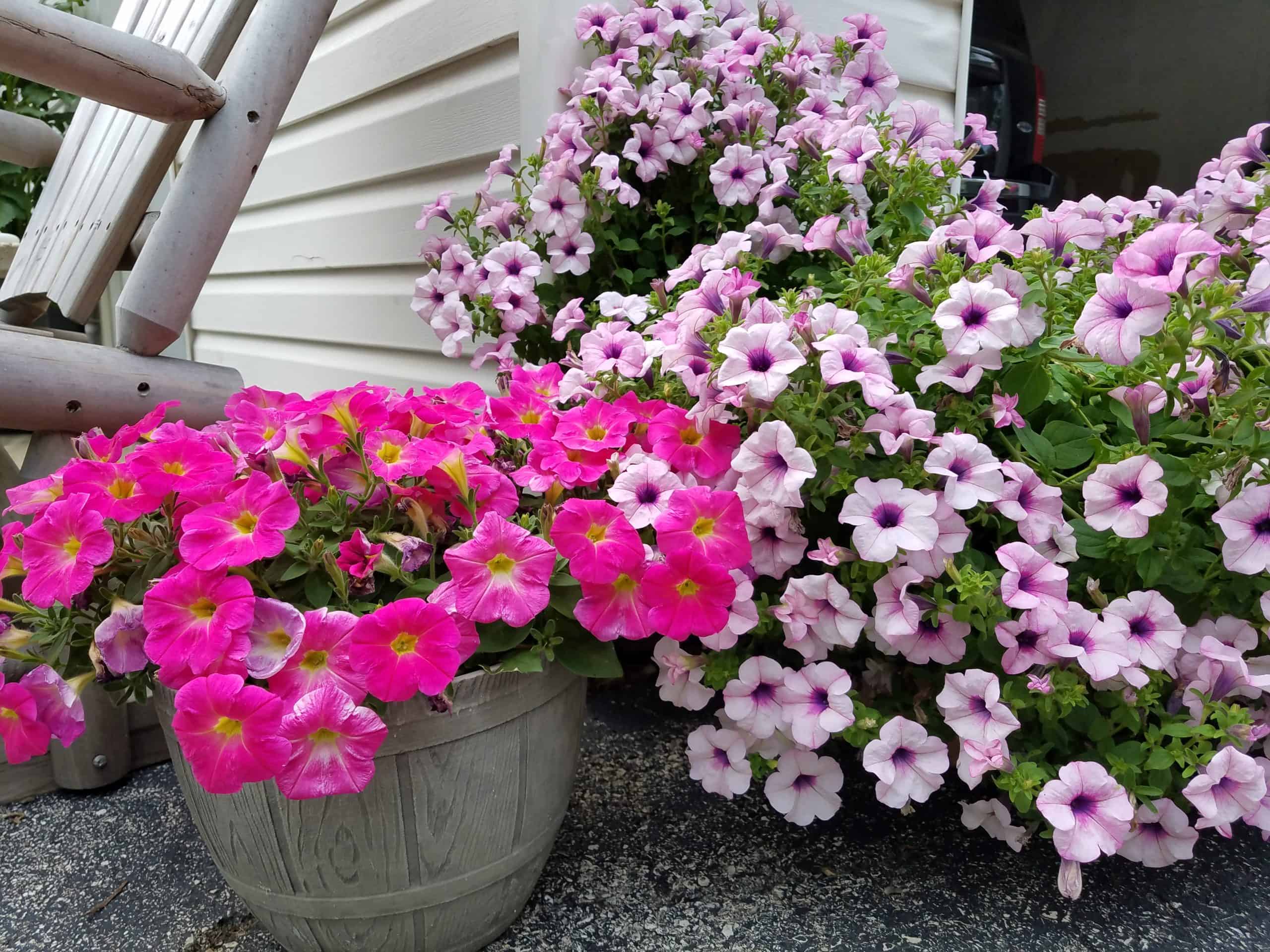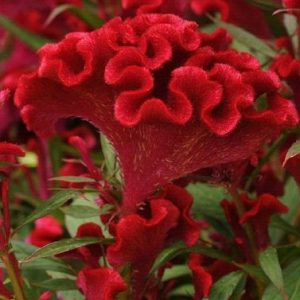
Blushed and tinged by the blustery, cool winds and subdued sun of October, the landscape was transforming. Nature was starting to slow and savor, wholly at ease.

Decreasing sun light and cooler temperatures have set the season in motion. And there are certain preparations that should be made.

Container gardens can be overwintered, so if you’re thinking about it, now is the time to plan as the soil in containers is more susceptible to the damaging effects of frost, and roots can freeze more easily than those plants who find their homes in the ground. So, what to do?

Basically, you have three options. The first is to bring containers indoors, but this doesn’t need to be done immediately. Containers should be migrated indoors when temperatures are consistently below 60 degrees. Not all plants should be overwintered. Look to save only those plants that are healthy and free from any type of disease or infestation. Don’t be a hero. Plants that have struggled throughout the Summer should be tossed.

Once indoors, placement is critical. Full sun plants should be placed near south-facing windows. Partial sun plants should be placed near east or west-facing windows. Always try to keep plants away from drafty doors and vents.

The second option is to leave containers outside. Please remember, not all plants are hardy enough to survive our winters, but those that are can be saved and protected. It is recommended that you cluster your containers in a tight grouping in a somewhat protected area, like an overhang or south-facing wall, where the plants will have some protection against the elements. Containers should also be mulched or covered with leaves or evergreen boughs to help insulate the soil and roots. Some homeowners have even created screens, using burlap, to help further protect from wind and sun scald. Keep your plants slightly tilted to one side. Because the ground will most likely freeze below the container, water cannot drain properly. Lastly, make sure the pot itself will be able to survive the winter. Generally speaking, the more porous the container, the more likely it will crack.

The third option is to transfer the plants directly into the ground. Of course, this requires a bit more work, but is probably the best and safest option.

Overwintering containers and container plants can be risky business and not all will survive, but many will, and come Spring, you’ll be ahead of the game. As always, reach out to Sweeney’s for any overwintering tips or assistance. We proudly serve the communities of Villa Park, Elmhurst, Oakbrook, Oakbrook Terrace, Glen Ellyn, Lombard, Wood Dale, Itasca, and more!
Sweeney’s: A Plant Based Company
Plant of the Week

Twisted Red Currant Celosia
Unique, bold, crimson-red flowers bloom amongst deep green foliage, and are a staple in Fall containers. These annuals prefer full sun and moist, well-drained soil. Grows 18-24″ tall and 12-18″ wide.
“October’s Autumn
casts a gentle light
and a calm serenity
before the stark
barrenness of Winter
is born to November.”
~Terri Guillemets
Best wishes,
Kim Sweeney

Placing containers on a west or south facing wall, ideally with an overhang is an excellent way to protect containers. In addition, do set the containers flat on the ground. Place on old bricks or rocks or tip slightly so they can drain properly.
Once Spring arrives, you will need to change out the soil, at least half the soil, for best results.
As always, great tips, and thanks for reminding us to replace the soil or a portion thereof in Spring.